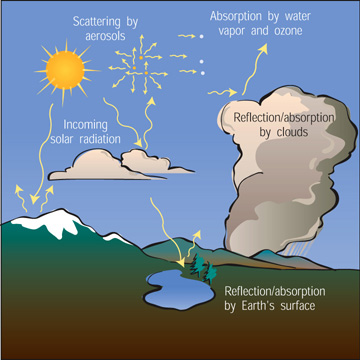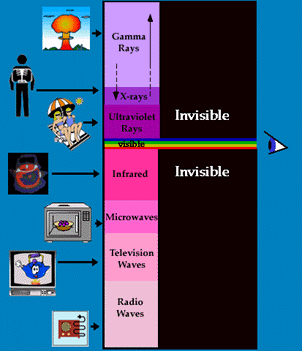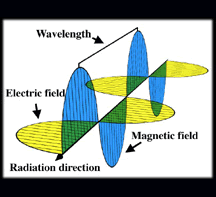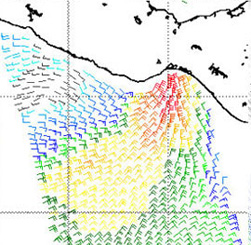Click on image for full size
Windows to the Universe original image
Sun's Effect on Earth
Energy from the Sun is one of the primary drivers of the Earth system. The Sun warms our planet, heating the surface, the oceans and the atmosphere. This energy feeds atmospheric processes and is a primary driver of our weather. Similarly, our climate is strongly affected by the amount of solar radiation that is reflected back from the Earth’s surface and clouds – determined by the Earth’s albedo.The Sun emits radiation over a wide spectrum of wavelengths. At high frequencies (short wavelengths), radiation from the Sun is highly variable, and is frequently associated with solar activity such as solar flares or sunspots. Because solar activity is known to vary in cycles, such as the 11-yr sunspot cycle (and longer cycles), some scientists have wondered if changes in our weather and climate might be associated with short or long term solar variations. This has been an active area of research for decades, providing an excellent example of the scientific process.
Some scientists have sought to find a link between variations in Earth’s weather and solar variability. Although some scientists have reported such correlations, many subsequent studies have obtained inconsistent results, at times directly refuting the original studies. Examples include studies of apparent relationship between the number of sunspots and variations in wind patterns, or between cosmic rays and clouds.
Other studies have investigated the influence of solar variation on Earth’s climate, again with mixed success. Although a few scientists argue that solar variations may explain recent warming of the atmosphere, the most complete analysis has shown that the very small change of 0.1% in solar radiation associated with sunspots (and the sunspot cycle) is far too small to account for the majority of the warming observed in the atmosphere over the latter half of the 20th century. Indeed, the only way that climate models can match the observed warming of the atmosphere is with the addition of greenhouse gases. For the most comprehensive information on the impact of solar variation on Earth’s climate, visit the Intergovernmental Panel on Climate Change’s list of Frequently Asked Questions, available at http://www.ipcc.ch/ipccreports/ar4-wg1.htm.















